Guide to Road Tripping the Pacific Coast Highway
Route Planning and Timing
Embarking on a Pacific Coast Highway (PCH) journey demands thoughtful route planning and realistic time allocation. This iconic highway spans hundreds of miles, and attempting to rush through it would mean missing its true essence. Travelers must decide between a leisurely pace that allows for exploring charming small towns or a quicker itinerary focused on major landmarks. Always account for potential delays from traffic, construction, or unpredictable coastal weather. Mapping out daily distances and overnight stays well in advance transforms a potentially stressful trip into a smooth adventure. Research lodging options thoroughly - from beachfront hotels to rustic campgrounds - to find what best suits your travel style.
Seasonal considerations dramatically impact the PCH experience. While summer promises sunny skies, it also brings crowded viewpoints and premium prices. The shoulder seasons of spring and fall often deliver the perfect compromise - comfortable temperatures with fewer tourists. Smart travelers check local event calendars, as timing your trip with regional festivals can add unique cultural dimensions to your journey. Always stay informed about seasonal weather patterns, whether it's summer fog along the northern stretches or potential wildfire closures in drier months.
Accommodation and Logistics
Securing quality lodging along the PCH requires early action, particularly during peak travel months. Popular destinations fill quickly, making advance reservations essential. Savvy explorers consider alternative options when traditional hotels book up - think charming B&Bs, vacation rentals, or even luxury yurts for a memorable stay. When evaluating accommodations, prioritize must-have amenities whether that's kitchen facilities for budget-conscious meals or ocean-view balconies for sunset cocktails.
Beyond where to sleep, practical logistics make or break a PCH adventure. The highway features long stretches between services, making strategic supply stops crucial. Always pack emergency provisions - water, non-perishable snacks, and basic tools - as rural sections may offer limited resources. Connectivity varies greatly along the route, so downloading offline maps and considering a standalone GPS device provides valuable backup when cell service disappears around remote coastal bends.
Essential Gear and Safety Precautions
Packing smart separates prepared travelers from frustrated ones on the PCH. Layerable clothing accommodates the coast's microclimates, while broken-in hiking shoes prove invaluable at scenic pullouts. A well-stocked first aid kit should include motion sickness remedies for the highway's winding sections and any personal medications. Tech essentials like high-capacity power banks keep cameras and navigation devices operational throughout long days of exploration.
Safety requires constant attention on this dramatic coastal route. Respect the PCH's very real dangers - from sheer cliff drops to sudden wildlife crossings - by maintaining vigilant driving habits. Always share detailed itineraries with someone back home, including planned stops and expected check-in times. Keep emergency contacts programmed in your phone, including local ranger stations and towing services specific to the regions you'll traverse.
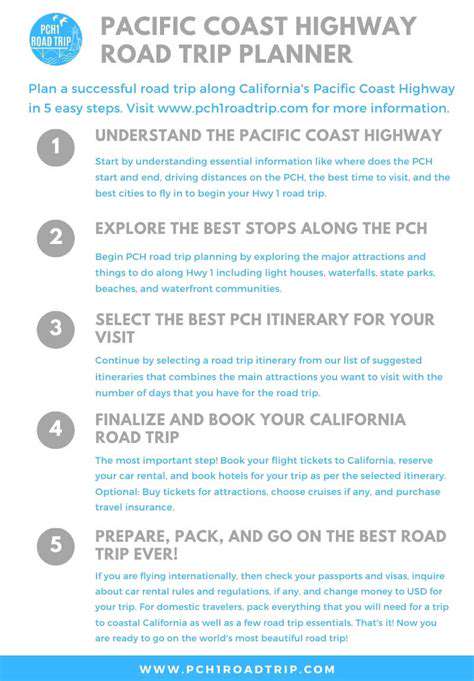
Navigating the Pacific Coast Highway: Road Conditions and Safety Tips
Understanding Pacific Coast Highway's Terrain
The PCH delivers breathtaking vistas but demands respect for its varied challenges. Coastal viewpoints often perch precariously near steep drop-offs, while sections like Big Sur feature heart-pounding curves carved into cliffs. Drivers must remain alert for sudden weather shifts - morning fog regularly reduces visibility before burning off by afternoon. Understanding these terrain variations helps travelers anticipate and safely navigate each unique segment of this iconic route.
Road Conditions and Maintenance
PCH road conditions change constantly due to erosion, landslides, and seasonal repairs. Checking Caltrans road reports before departure and during your trip provides critical real-time updates on closures or delays. Even during optimal conditions, maintenance crews frequently work on this vulnerable coastal roadway - packing patience and flexible schedules helps travelers adapt when encountering unexpected construction zones.
Safety Tips for Driving the PCH
Defensive driving becomes an art form on the PCH. The route's beauty constantly tempts drivers to glance away from the road, making disciplined focus essential. Designate a passenger as the official photographer to minimize driver distraction at scenic overlooks. Special caution is required around bicyclists who share narrow stretches of roadway and in areas where pedestrians cluster near popular vista points.
Essential Gear for Your Journey
A properly equipped vehicle makes all the difference when tackling the PCH's remote stretches. Beyond standard emergency items, coastal travelers should pack motion sickness remedies, binoculars for whale watching, and microfiber cloths to keep windshields clear of salt spray. Consider bringing walkie-talkies for caravans traveling together, as cell service disappears in many picturesque areas.
Planning Your Route and Itinerary
Crafting the perfect PCH itinerary balances ambition with realism. Online tools like Roadtrippers help identify not just driving times, but worthwhile detours to hidden beaches or lesser-known state parks. Always build in buffer time - whether for spontaneous stops at farm stands or to accommodate slower traffic through construction zones. Savvy travelers research gas station locations in advance, particularly when venturing into more isolated sections of the coastline.

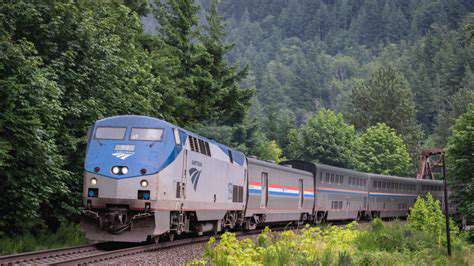

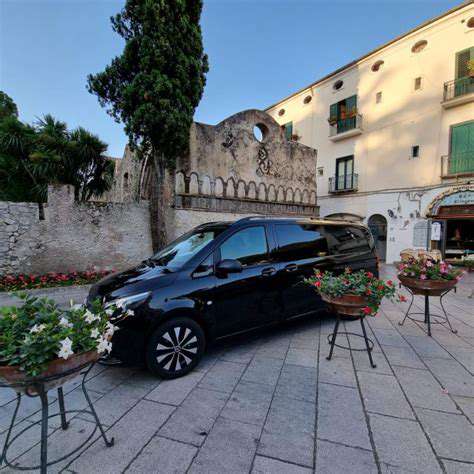
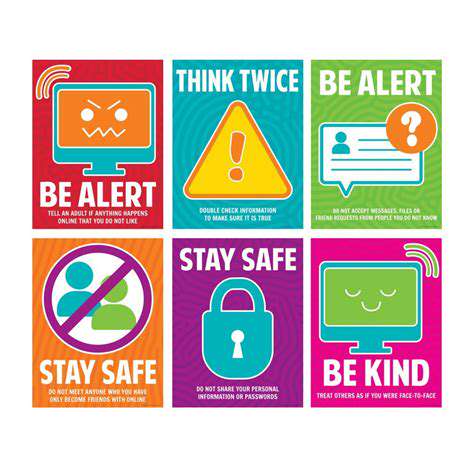
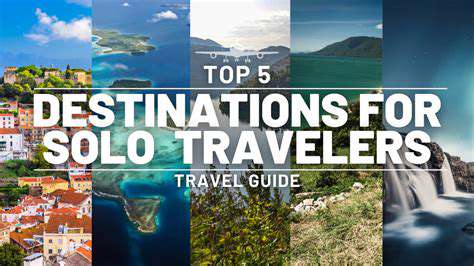


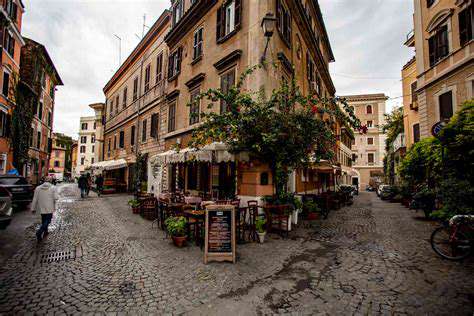
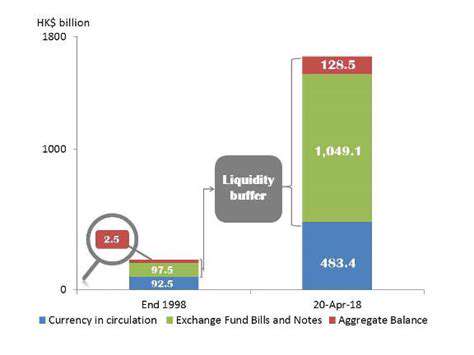
![How to Travel on Points and Miles [Travel Hacking]](/static/images/27/2025-05/StayingUpdatedontheLatestTravelHackingTrendsandOpportunities.jpg)

